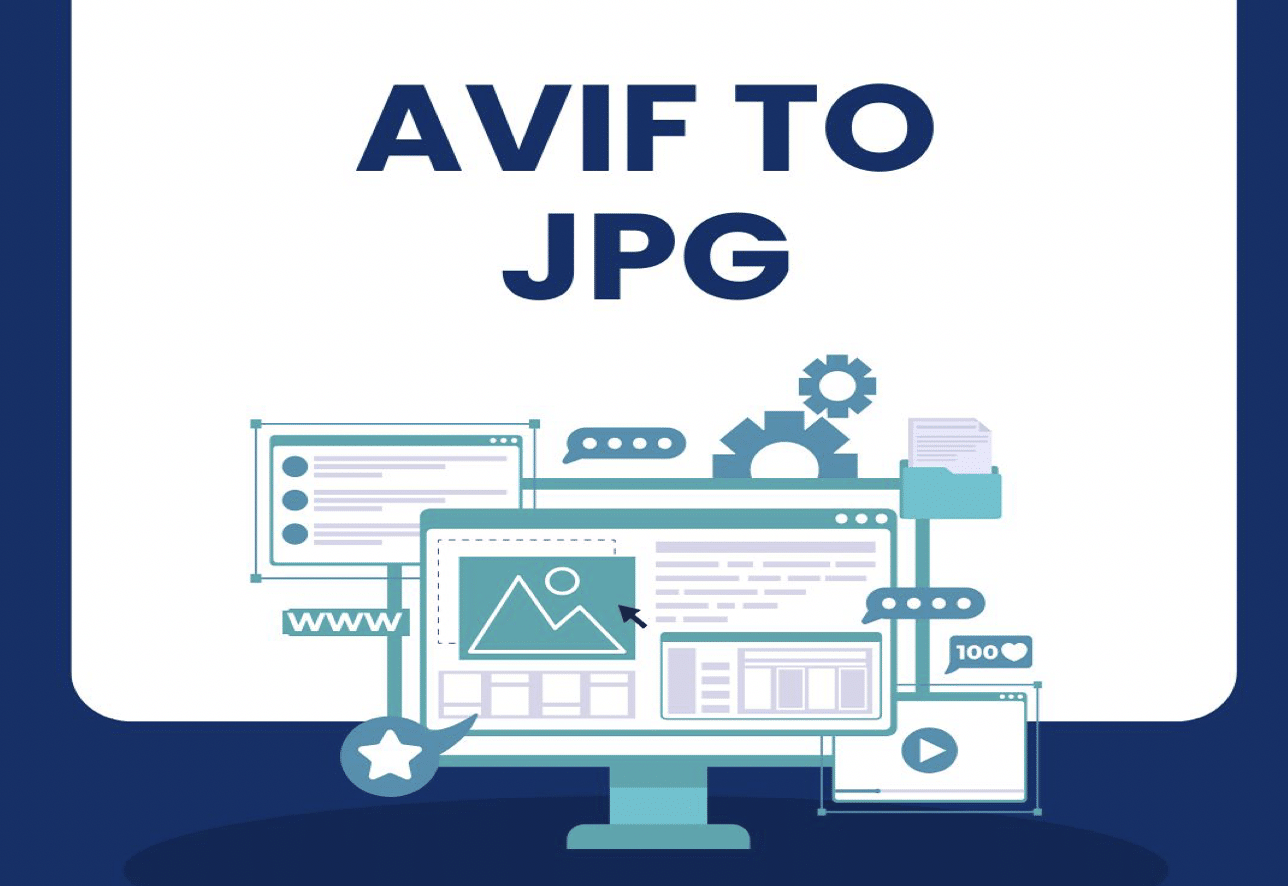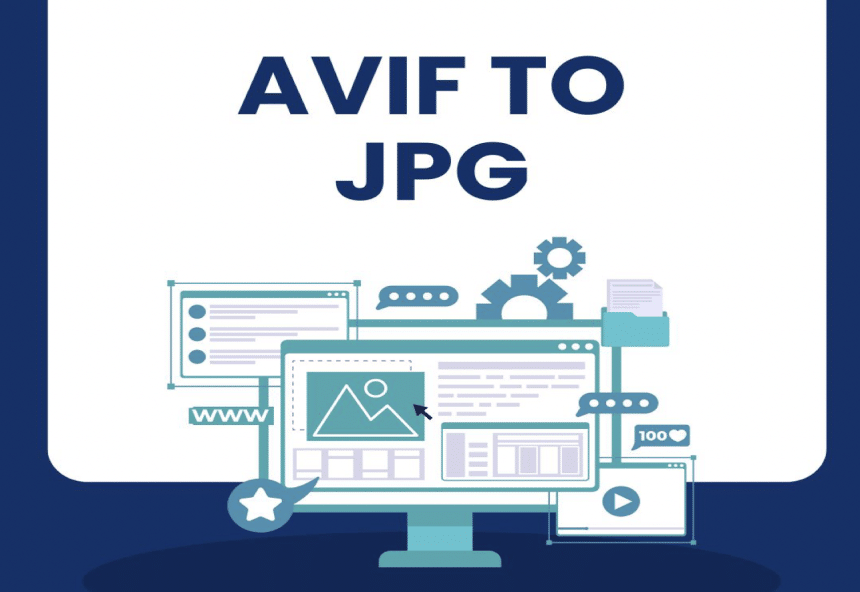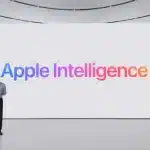In the rapidly evolving digital landscape, the ability to adapt and convert media to universally accepted formats is crucial. The .AVIF (AV1 Image File Format) is an emerging image format known for its impressive compression capabilities and high-quality results, but its compatibility issues with many devices and platforms make conversions to more widely supported formats, like JPG, often necessary. This detailed guide will provide insights into the benefits of converting .AVIF files to JPG, explore the best tools for the job, and offer practical advice on how to ensure successful conversions.
Why Convert from .AVIF to JPG?
Converting images from .AVIF to JPG can be essential for several reasons, each tied to the limitations and universal applicability of JPG format compared to the newer, more efficient but less supported .AVIF format. Here’s a more detailed look into why this conversion is often necessary:

1. Universal Compatibility
The .AVIF format, despite its advantages in compression and image quality, suffers from limited support across various platforms. JPG, however, is one of the oldest image formats and enjoys universal support across all digital platforms and devices. This includes web browsers, operating systems, image editing software, and mobile devices. Converting .AVIF files to JPG ensures that the images are readily viewable without the need for specific software or updates, which is crucial for user accessibility and ease of sharing.
2. Wider Audience Reach
For content creators, marketers, and businesses, reaching the widest possible audience is essential. The .AVIF format is not yet widely adopted, which can limit audience engagement. Converting images to JPG allows content to be accessible to everyone, regardless of their device’s capabilities or the software they are using. This is particularly important for websites and social media platforms where images play a crucial role in user engagement and SEO.
3. Better Integration with Web Technologies
Most web technologies currently support JPG extensively. While modern web development standards are beginning to incorporate .AVIF due to its efficiency, the integration is not yet complete. Converting to JPG ensures compatibility with existing web infrastructure and third-party services, such as content management systems and email marketing tools that may not yet support .AVIF.
4. Simplicity and Convenience
The tools required to view and edit JPG files are ubiquitous and often don’t require any additional setup or specialized knowledge, making it a go-to format for quick tasks and basic image processing. In contrast, handling .AVIF files might require newer software versions or specific plugins, which adds a layer of complexity for average users.
5. File Size Considerations
Although .AVIF offers better compression, the file size can still be an issue when quality is prioritized. In scenarios where bandwidth or storage is a limitation, converting an .AVIF to a lower-quality JPG might result in smaller file sizes that are more practical for online use, especially on mobile devices where data usage is a concern.
6. Print Compatibility
When it comes to printing, JPG is one of the preferred formats due to its compatibility with most printing services and devices. Many professional print service providers require images in JPG or other traditional formats due to their established workflows and equipment configurations, which may not yet accommodate .AVIF.
7. Ease of Editing
While professional photographers and designers might prefer the quality that .AVIF can offer, the average user or a professional under tight deadlines might find JPG easier to work with. This is because every standard photo editing tool supports JPG, allowing for quick edits without compatibility concerns.
Choosing the Right .AVIF to JPG Converter
Selecting the appropriate tool for converting .AVIF to JPG depends on your specific needs—whether you prioritize ease of use, functionality, or the ability to handle multiple files simultaneously. Here are some of the best tools currently available:
Online Converters
1. convert-avif.to
- Pros: Supports a wide range of file formats; intuitive interface; customization options for output quality.
2. Zamzar
- Pros: Simple and quick three-step conversion; no need for software installation.
- Cons: Conversion and file size limits on the free version; email registration required.
3. Convertio
- Pros: Allows conversion directly from cloud storage; supports batch processing.
- Cons: Requires internet connectivity; files are temporarily stored online, which might raise privacy concerns.
Desktop Software
1. XnConvert
- Pros: Supports batch processing and multiple formats; robust editing tools.
- Cons: Requires installation; interface may be overwhelming for beginners.
2. GIMP (with AVIF Plugin)
- Pros: Provides extensive editing features; free and open-source.
- Cons: Additional plugin needed for AVIF; steep learning curve.
Command-Line Tools
1. ImageMagick
- Pros: Powerful and versatile; ideal for batch processing and automation.
- Cons: Command-line interface may be challenging for those unfamiliar with terminal commands.
How to Convert .AVIF to JPG Using CloudConvert
Here’s a step-by-step guide to converting your .AVIF images to JPG using CloudConvert, a popular online conversion tool:
- Visit the CloudConvert Website: Go to CloudConvert’s website.
- Upload Your .AVIF File: Click on “Select File” and choose the .AVIF file you wish to convert.
- Set the Output Format: Select ‘JPG’ as the target format from the conversion options.
- Adjust Conversion Settings: Customize settings such as resolution and quality based on your needs.
- Start the Conversion: Click on “Convert” to begin the process.
- Download Your JPG File: Once the conversion is complete, download the JPG file to your device.
Conclusion
Converting .AVIF files to JPG is an essential skill for anyone working with images in today’s digital world. Whether you need to ensure compatibility, increase accessibility, or simply want your images to be more user-friendly, knowing how to efficiently convert .AVIF to JPG is invaluable. By choosing the right tool and following the correct procedures, you can maintain the quality of your images while ensuring they meet the required specifications for use across various platforms and devices.












